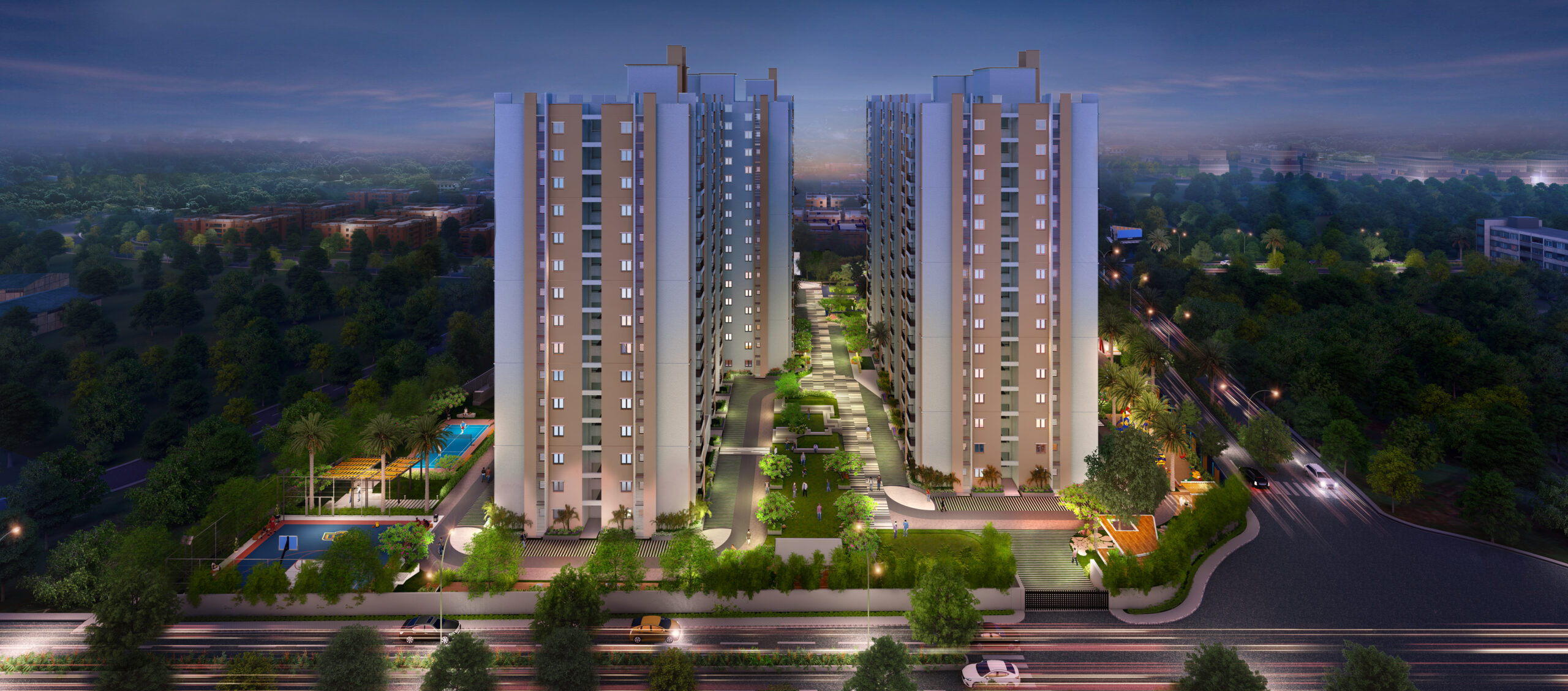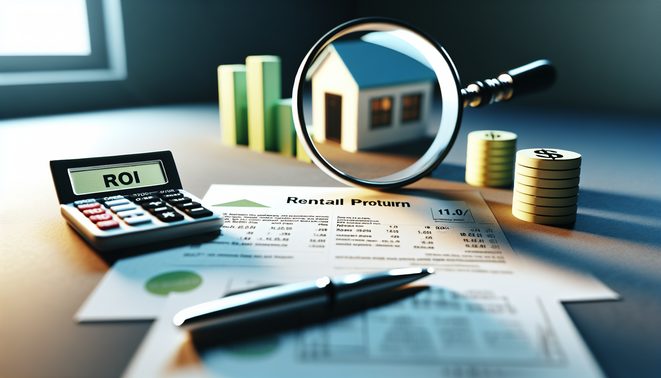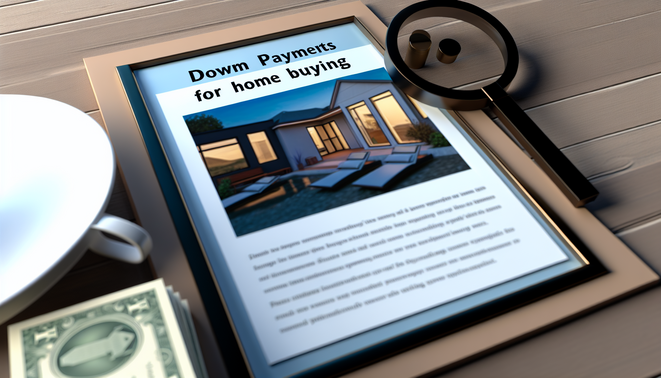What Is LTV Ratio? A Simple Guide to Home Financing
Introduction to Loan-to-Value (LTV) Ratio
The loan-to-value (LTV ratio) is a crucial concept in home financing, representing the ratio of a loan amount to the appraised value of a property. It helps lenders assess risk and, generally, a higher LTV indicates greater risk. Traditional LTV ratios range from 80% to 95% for conventional loans; with lower percentages signifying increased equity for borrowers and reduced risk for lenders.
To calculate the LTV ratio, the formula is straightforward:
LTV Ratio = (Loan Amount / Property Value) × 100.
For instance, if your home is valued at $300,000 and your loan is $240,000, your LTV would be 80%, which is favorable. Understanding your LTV ratio is essential as it influences your loan approval chances, interest rates, and whether you’ll need to pay for private mortgage insurance (PMI). A higher LTV can lead to increased PMI costs since lenders view you as a higher risk.
Here’s a quick glance at LTV categories:
| LTV Ratio | Loan Type | Risk Level |
| 80% or lower | Conventional loan | Low |
| 81% – 90% | High-ratio mortgage | Moderate |
| 91% – 97% | FHA loans | High |
Understanding your LTV ratio can significantly shape your financing options. For a detailed dive into LTV ratios, the article from LendingTree is a great resource. Additionally, if you’re interested in strategies for down payments, check out smart strategies to save for your home, which ties directly into your LTV.
How Lenders Determine Loan Amounts Using LTV
Understanding the LTV ratio is essential when applying for a home loan since it plays a significant role in how lenders assess risk and determine how much they’re willing to lend. Here’s a simple breakdown:
1. LTV Calculation: Divide your loan amount by the property’s value. For example, if you’re looking for a loan of $200,000 on a house worth $250,000, the calculation reveals an 80% LTV.
2. LTV Ranges:
– Lower LTV generally means lower risk for lenders.
– Lenders typically prefer to see a ratio under 80%.
– If your LTV exceeds that threshold, you may need PMI to satisfy lender requirements.
3. Influence on Loan Amounts: Your LTV ratio greatly affects your borrowing terms. A lower LTV can lead to better loan conditions, such as reduced interest rates, which make your monthly payments more affordable.
4. Example Scenarios:
| LTV Ratio | Loan Amount ($) | Property Value ($) |
| 70% | 210,000 | 300,000 |
| 80% | 240,000 | 300,000 |
| 90% | 270,000 | 300,000 |
Being aware of your LTV can significantly influence your choices as a buyer. Evaluate your finances thoroughly and consider strategies to improve your LTV before you apply for a mortgage. For deeper insights, refer to these valuable resources: Experian, Investopedia, and NerdWallet.
For additional guidance, check out the essential guide to your first home loan and the ultimate guide to home loan down payment to optimize your home financing strategy.
The Impact of LTV Ratio on Your Mortgage Options
When navigating mortgage options, understanding the loan-to-value (LTV) ratio is critical as it directly affects your borrowing possibilities. Here’s a breakdown of how various LTV ratios impact your mortgage choices:
| LTV Ratio Range | Typical Loan Terms | Interest Rates | Required Insurance |
| 80% or lower | Favorable rates & terms | Lower interest rates | Often no mortgage insurance |
| 81% – 90% | More moderate terms | Slightly higher rates | May require PMI |
| 91% – 95% | Limited options | Higher interest rates | Typically required PMI |
| Above 95% | Restrictive terms | Highest rates | Almost always required PMI |
Having a lower LTV often leads to better mortgage rates and terms, while a higher LTV could incur hefty PMI costs. For example, if you target an 80% LTV, lenders might waive PMI, saving you significant funds. A recent article by LendingTree highlights that maintaining a low LTV can significantly enhance your borrowing opportunities.
When selecting your loan, keep these dynamics in mind. If you’re looking to improve your LTV, consider increasing your down payment. For a detailed understanding of LTV calculations, refer to the Forbes guide.
In summary, grasping your LTV ratio is crucial for prospective homeowners. A strategic approach to managing LTV can lead to better mortgage options, lower rates, and, ultimately, more savings. Interested in financing your dream home? Don’t miss our article on home buying strategies.
Benefits of a Lower LTV Ratio for Borrowers
A lower loan-to-value (LTV) ratio can be a game-changer when securing a mortgage. Fundamentally, the LTV ratio reflects the loan amount relative to the appraised value of the property, expressed as a percentage. For instance, with an LTV of 80%, you’re borrowing 80% of your home’s worth, putting down 20% as a down payment.
Here are key benefits of a lower LTV:
| Benefits | Description |
| Lower Interest Rates | Lenders typically offer lower interest rates when LTV is lower, perceiving it as a less risky loan. |
| Better Loan Terms | A lower LTV can yield favorable loan terms, reducing mortgage insurance costs and leading to more manageable monthly payments. |
| Increased Approval Chances | Lenders are more inclined to approve lower LTVs as they indicate borrower reliability. |
| Access to Equity | With a smaller loan in relation to property value, borrowers build equity more rapidly, creating better refinancing opportunities. |
An LTV below 80% often allows you to skip private mortgage insurance (PMI), providing a significant financial advantage. Additionally, maintaining a strong LTV ratio can enhance your credit profile, making you a desirable borrower.
To learn more about the significance of LTV ratios in mortgage lending, explore articles from Experian and Investopedia. For handy tools on calculating your LTV, refer to US News.
Curious about related topics? Explore our articles on home loan approvals and down payment strategies.
Understanding the loan-to-value (LTV) ratio is paramount for anyone looking to purchase a home. The LTV ratio functions as a key parameter in determining borrowing limits based on a property’s appraised value. Typically, a lower LTV is associated with less risk for lenders, resulting in better loan terms and interest rates that can save you money over time.
Key takeaways regarding the LTV ratio include:
1. What’s That LTV Ratio? It’s defined as your loan amount divided by the property’s value. For instance, a $200,000 loan on a $250,000 home results in an LTV of 80%.
2. Why the LTV Matters in Home Financing: A lower LTV often equates to better financial deals, such as reduced mortgage insurance and lower interest rates, which can provide significant savings in the long run.
3. Ways to Boost Your LTV Ratio:
– Increase Your Down Payment: A larger down payment reduces your loan amount, consequently lowering your LTV, which benefits your borrowing prospects.
– Enhance Your Credit Score: A better credit rating can positively influence lenders’ perceptions of risk and the terms offered.
– Stay Informed on Property Value Trends: Understanding your market can aid in timing your purchase for maximum value.
| LTV Ratio Range | Loan-to-Value Ratio |
| 0% – 80% | Generally favorable terms |
| 80% – 90% | Moderate risk; higher insurance costs |
| Above 90% | Higher risk; potential for loan rejection |
By keeping these factors in mind, you’ll be better equipped to navigate your home financing journey. For further reading, check out articles from Investopedia, NerdWallet, and Forbes.
FAQ
What is the ideal LTV ratio for homebuyers?
The ideal LTV ratio for most conventional loans is 80% or lower, as this typically avoids PMI and results in better loan terms.
How does a high LTV ratio affect my mortgage?
A high LTV ratio may lead to higher interest rates, increased PMI costs, and limited loan options.
Can I improve my LTV after obtaining a loan?
Yes, by making extra payments towards the principal, increasing the value of your property, or refinancing, you can improve your LTV.













